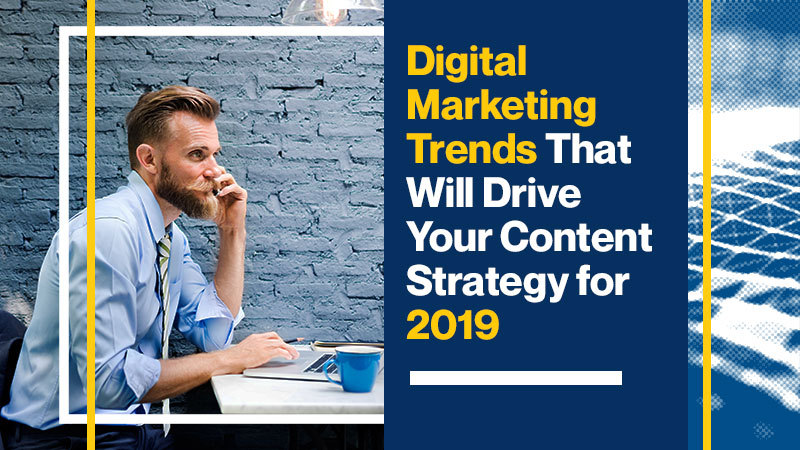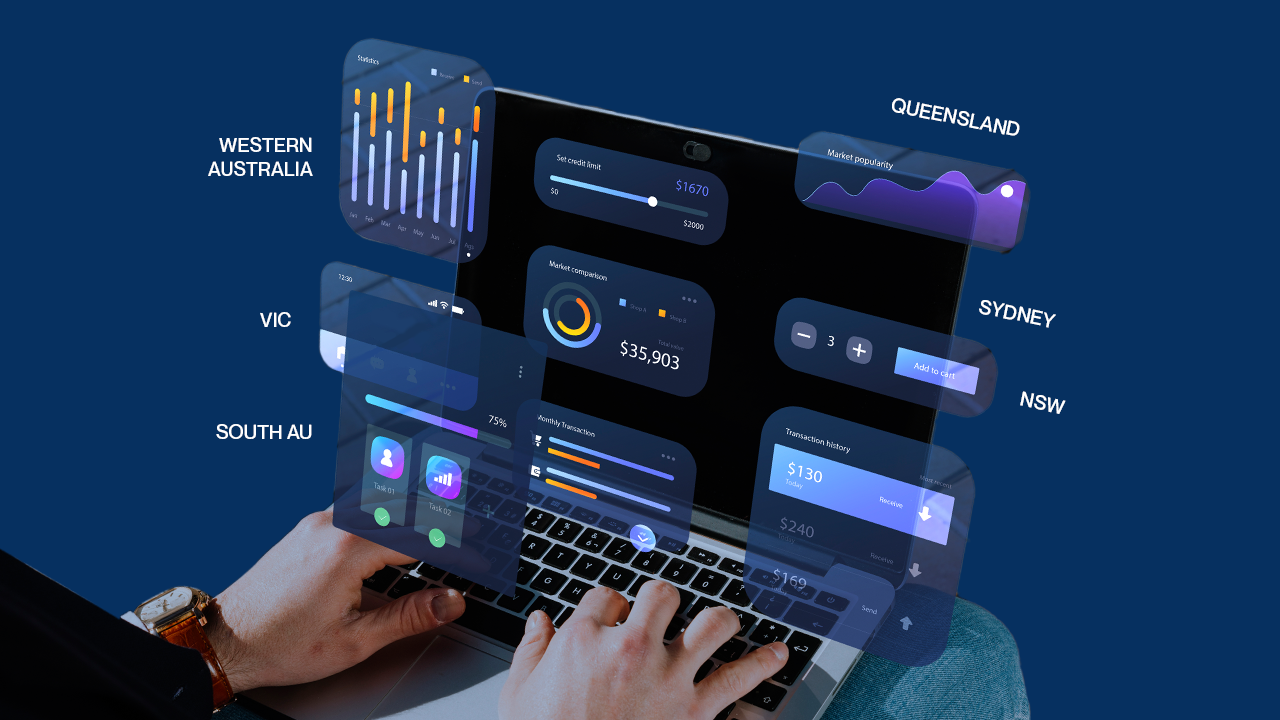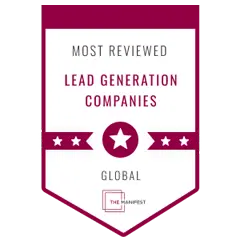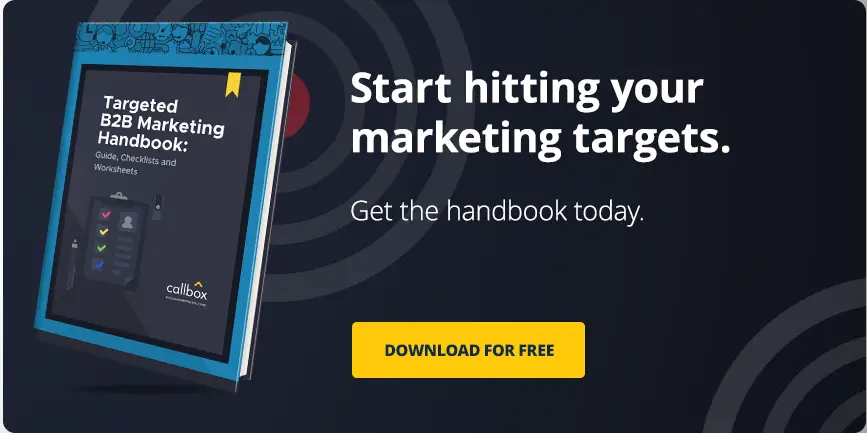Digital marketing revolution has arrived, and it’s moving fast. As the advertising techniques change in real time and new technologies continue to emerge, the demand to keep pace has also increased. Today, CMOs must look forward to what will come next to remain ahead of the curve. The right steps to take are equally important to get them where they aim to be.
Here are some trends that marketers should pay attention to in 2019:
Personalization
Traditional ads have lost their appeal to people years ago. Studies show that consumers trust reviews, branded sites, and the people they know more than traditional ads, which landed only on the bottom of their list. According to eMarketer, 30 percent of the entire internet population is expected to use ad blockers when the year ends. When that happens, traditional ads can no longer reach the 30 percent target audience. However, this doesn’t imply that ads should be ditched completely.
As marketers get to know more about their customers, they expect greater personalization and customization in their advertising message, especially in 2019. It is about creating an environment of deep engagement and trust. In an ever more competitive online environment, consumers are increasingly becoming more demanding. They expect brands to know them well and that they demand that marketing should be delivered through channels they prefer.
Some ads may still have a place in marketing if they become more relevant to convince the consumers that they are still valuable land relevant.
Voice-Based Search
It is estimated that by 2020, most search queries are going to be voice-based, which will make it an ultimate search-marketing tool. This type of technology is seen to grow even bigger and better as more and more consumers are looking towards the convenience of using intelligent voice search.
To understand this trend, consider the differences between voice search and text, or what the consumers may say instead of typing while placing an inquiry. It also seems more reasonable to write in a more conversational tone to create content that works well with voice search.
Nowadays, most of the voice search usage is connected with utility, as people depend more on it when multitasking. But as the rate of word accuracy improves in the coming years and consumers start to get used to meeting their needs, brands are expected to compete on another platform while trying to learn how to be found in voice searches.
AI-Powered Solutions
Brands began experimenting with AI including machine learning apps in 2018. These innovations are expected to be more in demand in the coming year. From robotic process automation to chatbox, the value of high productivity rate, including increased customer satisfaction, and enhanced efficiency will become clear. AI-powered technologies are expected to bring customer-based marketing to a new level, including better trend analysis, more advanced personalization techniques, and improved customer profiling.
As CMOs begin to collect and store data, the use of AI-powered apps will help them reach their target audience with precision, increase efficiency, and create an opportunity for excellent customer experience. The digital workflow will also become much easier because AI-powered solutions will be accessible to more businesses that are searching for ways to maximize technology. Media agencies can now use smart algorithms to enhance paid advertising campaigns to study their performance in motion.
Creative Marketing
Consumers are now resistant to advertising. The increasing number of ad blockers has made it even more difficult for marketers to deliver their messages. To get new consumers in 2019, companies should pay attention to how their ads will blend more naturally into content. This is where native ads become valuable since they offer time-off from techniques such as banner ads. Unfortunately, as brands try working on becoming less annoying, they also cloud the lines that separate native from traditional ads. It becomes difficult to figure out if what consumers are looking at is a legit article or a sponsored native article. As such, they are expected to demand a clearer distinction between the different types of content. That will eventually prompt CMOs to be less disruptive and more creative.
That being said, digital marketing has a bright future. As virtual and augmented realities continue to pave the way for new engagement and CMOs are looking at greater creativity, brands will more likely become authentic and more responsive to the needs of their customers.


















